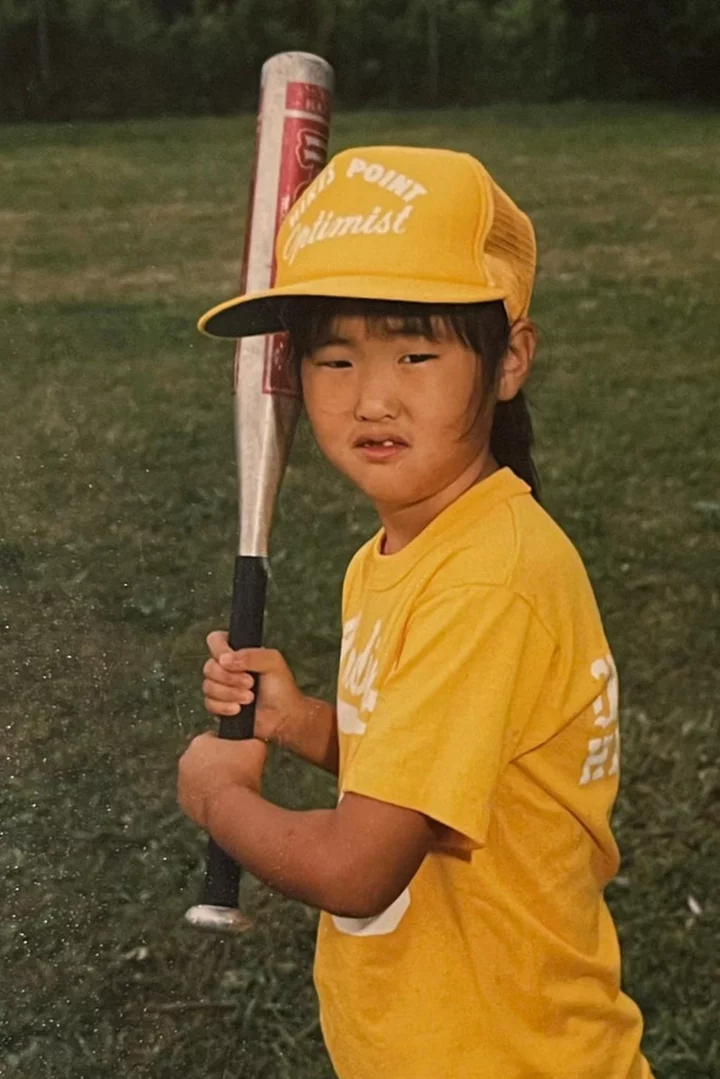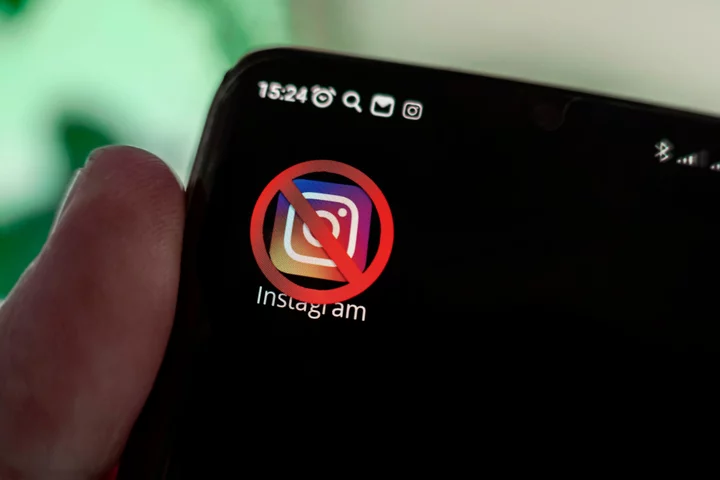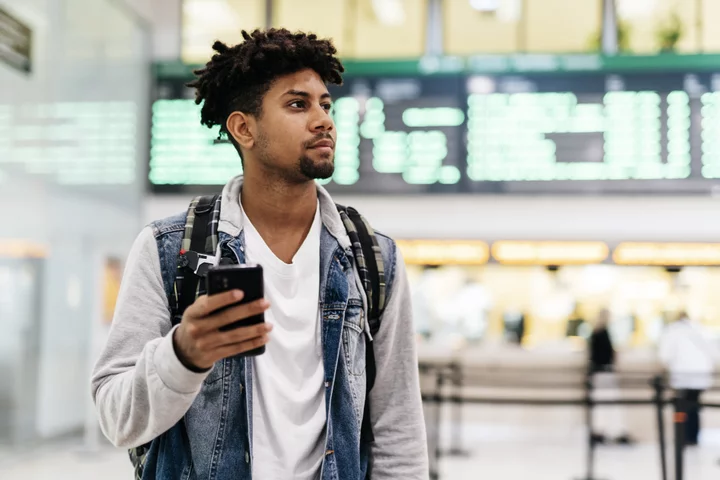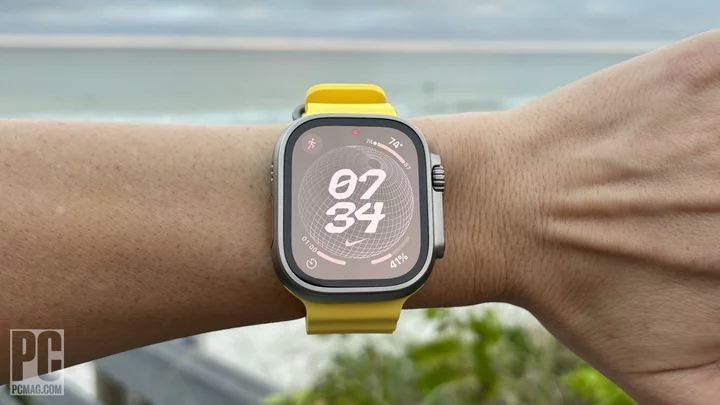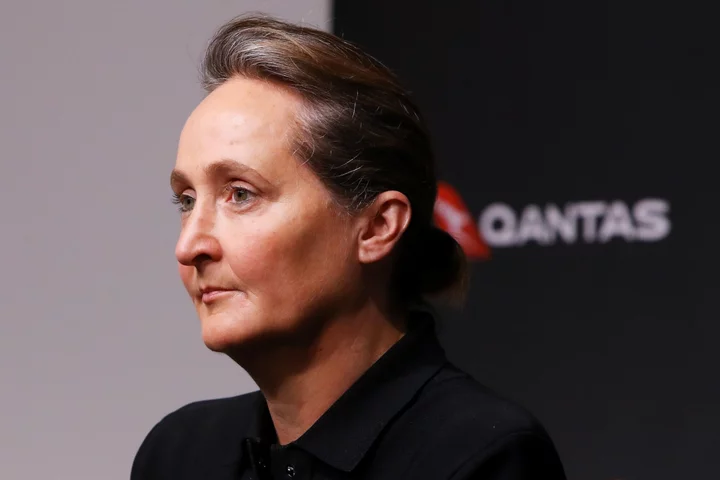When Eun Ae Koh was 8 months old, she was adopted from her birthplace in Korea by two white Americans. Overnight, she gained two loving parents, three older brothers, and an older sister and spent her childhood and teen years growing up in rural Illinois, about three and a half hours south of Chicago, not far off from fields of soybeans and corn. With her parents’ older biological children already grown up and moved out, it wasn’t until the pair adopted a second child, from China, a decade later, that Koh saw anyone who looked like her at home.
“Growing up, I was really only ever around white people,” says Koh, now a 30-something Washington, D.C.-based artist. “That’s what my town looked like, that’s what my school looked like, that’s what my family looked like. There was no exposure to anything Korean at all. I always felt different.”
Koh is far from alone. After a rise in Asian adoptees in the US in the 1990s, many of these children are now in their 20s and 30s and dealing with the mental health impacts of growing up in white families who didn’t resemble them, and were unable to guide them through the unique experience of growing up a person of color in America. Today, they’re finding solace in their own communities and are working to create new systems that can help future cross-cultural adoptees walk an easier path.
The vast majority of Asian adoptees in the US born in China can be attributed to 1991, when China launched its international adoption program, through which adoptive parents were led to believe that adoptees had been found abandoned – whether at orphanages, or on the streets. In reality, China’s one-child policy and a preference for boys led to a mass of abandoned infant girls. Since, roughly 110,000 children have been adopted from China globally, according to Kerry O’Halloran’s 2015 book The Politics of Adoption, with the majority coming to the US. And in 1981, the Korean government made inter-country adoption more accessible in hopes of raising emigration rates, leading to a wave of Korean adoptees from the mid-’80s to ‘90s.
While Koh adores her parents for providing a better life, it doesn’t erase the many and often invisible hardships she went through while growing up in America. She recalls being bullied for looking different and being called slurs, and because her parents and educators weren’t equipped to discuss how this might feel and what it might mean (with few resources provided through her adoption agency or at her school), she eventually learned to “fly under the radar,” to stop standing up for herself, to be small, to be quiet, she shares. What’s worse is her family and friends would insist they didn’t see her any differently than themselves. To Koh, that felt as good as being told they didn’t see color.
“It was erasing my heritage, [which] felt like something that I should be ashamed of,” she says. With little representation in the media, too, she added, “I felt like I could only fit in if I pretended to be somebody different. When you’re a little kid, all you want to do is emulate the people that you see. I remember crying and thinking all I wanted to be was blonde and blue-eyed.”
Naturally, then, when people told Koh to “go back to her own country,” it only led to confusion. Where could that possibly be? “I felt like I wasn’t American enough…or Korean enough. I was in a no man’s land, a purgatory.”
When Madeline Macrae, a 22-year-old Urbana, Illinois-based social media manager, was adopted into a white midwestern family at an age when she had “zero teeth,” she only realized she was “different” when other folks would make comments like, “Are those your real parents?” Though her parents had three older biological children, they adopted her and two other little girls from across China when they were babies.
“I don’t feel enough in any aspect,” says Macrae. “And sometimes I wonder if I’m disappointing my Chinese ancestors because I can’t even cook rice. Or when someone tells me I’m ’so white.’ It’s internal, but it’s also external.”
“When you’re a little kid, all you want to do is emulate the people that you see. I remember crying and thinking all I wanted to be was blonde and blue-eyed.”
Eun Ae KohFor 26-year-old Radhika Eicher, who was adopted at 17 months from India, the story is strikingly similar. She, too, grew up in largely white Rapid City, South Dakota, in a white family (along with an older brother, also adopted from India), and rarely saw other brown people. “It was hard growing up. I hated my skin color, I always kept it covered,” she tells Refinery29. “I hated everything to do with India, I hated my name, I hated myself. I’m still recovering.” The resentment is set for not only her birth land, but her birth mother. “The way I saw it, she left me.” Eicher adds that her parents didn’t even realize how she felt until recently, partly because she didn’t have the language to voice it as a child, and didn’t think they could understand.
At 12 years old, Eicher was diagnosed with bipolar disorder, depression, and anxiety, and after seeing a therapist, she began working through her adoption trauma and her feelings toward her birth mother, even beginning a hunt to find her years later. Though visiting a doctor and being placed on medication was not Eicher’s choice, she says it’s made a significant difference, particularly helping to curb suicidal thoughts. Still, it’s a difficult and daily process.
Koh also felt anxiety and depression while growing up, and medication has also made a positive impact. Just going to school felt incredibly anxiety-inducing, but as a child, she had few outlets or authority figures she felt comfortable expressing those feelings to. For her part, Macrae feels “waves of sadness” from time to time when she’s hit with a pang of jealousy seeing her friends with their “normal, biological” families, or in not knowing her birth date, or in just wondering if her birth mother would be proud of her. Things shifted when she met a group of Asian adoptees in her last semester of college, and all these feelings flooded forward, and were validated for the first time.
Building or finding a community of some kind, and discovering they’re far from alone in their experiences, has been key for most adoptees in finding solace. While Eicher has found support through Twitter, Macrae and Koh have built a kind of support group of their own via TikTok where they’ve shared their respective adoption journeys and have gained a following who are thankful to them for speaking up about cross-cultural adoption, and what it can feel like even years later to make sense of their racial and cultural identities.
Korean adoptee and adoptee advocate Katie Gagel has made it her mission to build safe online communities for adult adoptees hoping to find others like them through KatieTheKAD, a network she built during the pandemic after she noticed just how many adoptees were eager to get together, as many tend to live in “silos” and far from cities. In hopes of creating connection, Gagel hosts a weekly virtual adoptee support group called AdopteeSpeak, is founder of Asian Adoptees of Louisville, and hosts adoptee meet-ups around the country.
“For adoptees in the adoptee community, to move forward is to have allies,” she explains. “The narrative [around cross-cultural adoption tends to] lie with adoptive parents, and so we need them to elevate our stories, to elevate us in order for people to know that there is another narrative out there. It’s not this fairy tale.”
It’s important to note, Gagel says, that not all cross-cultural adoptees are keen to explore their pasts or discuss potential adoption trauma, which is “totally fine.” “We all have nuanced stories and we’re all on different paths. You can discover a lot of emotions, a lot of questioning, whether you are a 20, 30, 40, or 50-year-old adoptee. Whenever you’re ready.”
That openness toward honest discussion is relatively new. When Asian cross-cultural adoptions were at their peak, therapy — particularly for a child or teenager — wasn’t a go-to prescription. Kids also rarely had the language to describe the displacement they were feeling, Gagel says, especially as adoption agencies at the time encouraged parents to prioritize assimilating their children into American culture. But, in a sense, it purposefully erased their Asian identities. It’s a huge reason why so many adoptees tend to only come to terms with their experience as adults. That’s why parents today are encouraged to not leave the onus to discuss these issues on their children, but to spark these conversations themselves, while also acknowledging the state of anti-Asian discrimination currently in the US.
Now, there’s considerable media, touching specifically on the difficulties of cross-cultural adoption. Gagel recommends a few, including the documentaries Twinsters, Somewhere Between, In the Matter of Cha Jung Hee, and India: Calcutta Calling; books, like Nicole Chung’s All You Can Ever Know, and the story collection Once They Hear My Name; along with podcasts, like The Janchi Show, and Adopted Feels. Even the fifth season of This Is Us featured an adoptee as a series consultant. These are just a handful of important resources for Americans looking to adopt, and for adoptees themselves. The key, says Gagel, is to let it spark an open conversation.
Also new over the past several decades are organizations, like Adoptees for Justice, that take cultural differences between adoptees and their parents into consideration during the adoption process. This ensures that both adoptees and potential adoptive parents are provided with resources early on. (Adoptees for Justice’s key project is in advocating for an Adoption Citizenship Act, which provides automatic citizenship for those adopted by a US citizen).
For many cross-cultural adoptees, another saving grace has been in the search for their birth parents, and discovering their homeland and culture. After the recent rise of anti-Asian racism and violence brought on by the pandemic, Koh said she couldn’t help but notice how little that news affected members of her family, despite how much it impacted her, and it lit a fire. She began accepting that she was different, and that meant learning more about where she came from, which has led to numerous trips to Korea. While the search has been a painful and costly one, it’s also been incredibly educational.
“There’s still a long road to go; I’m going to throw everything I can at the wall and try to find my parents,” she says. “I’m in a much better emotional place than I was beforehand, because I’ve unlearned all of the toxic narratives that set you up as an adoptee, like, ‘be grateful for the life that you have’ or ‘why look for answers when you already have a good family.’”
Today, Koh has a son and daughter of her own. They are her motivation for discovering who she is and where she came from so they’ll never have to face the same identity crisis she did. They take Korean lessons, and for Valentine’s Day, her son painted a Korean flag onto his mailbox. And this month, Koh will be making dumplings with their class for AAPI Heritage Month, which has the kids and their classmates quite excited.
“I’ve found a lot of healing in my children being so proud to be Korean,” she says. “They will never have to worry about what it means to be ‘enough.’”

